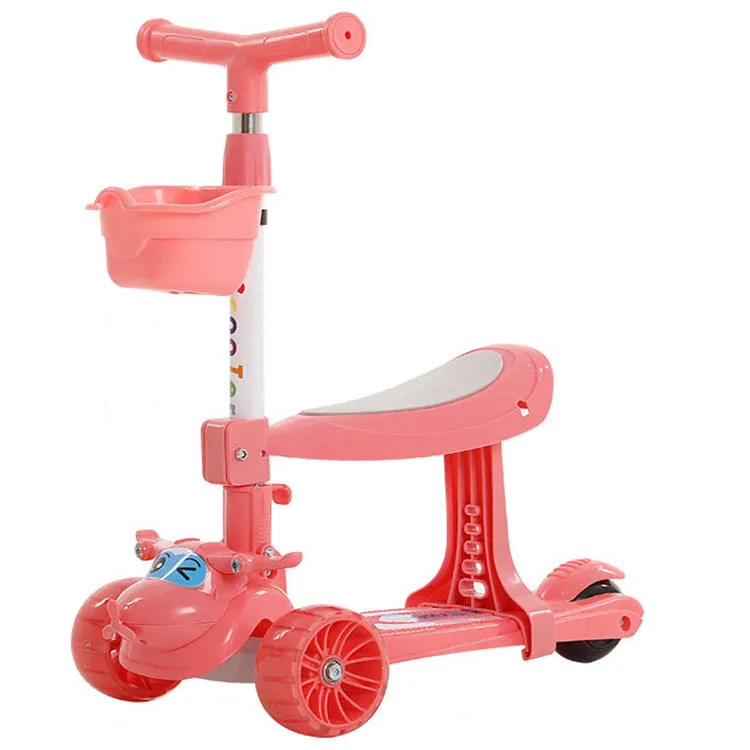Jan . 29, 2025 04:09
Back to list
mountain bike selection
Mountain biking is an exhilarating journey into the wilderness, offering riders the thrill of speed combined with the tranquillity of nature. However, selecting the right mountain bike is crucial to enhance this experience. With a plethora of options available, making an informed choice can be daunting. This article delves into the essential aspects of mountain bike selection, drawing on both expert advice and seasoned rider experiences to guide you through the purchasing process.
Braking Systems A reliable braking system is non-negotiable. Disc brakes, either hydraulic or cable, have become the standard due to their exceptional braking power and reliability in wet conditions. They offer better modulation and less maintenance than traditional rim brakes. Hydraulic disc brakes are particularly praised for their precision and minimal manual adjustment requirements, thus suiting more serious bikers who need immediate response times on technical trails. Wheel Size Considerations The choice between 26, 27.5, and 29 wheels should be determined by the biking style and rider preference. Smaller 26 wheels are agile and great for trick riding, while 29 wheels, known as 29ers, roll over obstacles more efficiently, providing a smoother ride for taller riders. The middle-ground 27.5 wheels offer a balance, popular among those seeking compromise in handling and speed. Expert-Endorsed Brands When it comes to brand selection, credibility matters. Trek, Specialized, and Giant are renowned for their innovation and quality in the mountain biking community. These brands offer comprehensive guarantees and solid customer support, ensuring that your investment is protected and supported by top-notch service standards. Investment and Budgeting Ultimately, budget constraints play a pivotal role in the selection process. It's advisable to outline your specific needs and determine which features are indispensable. While investing in a premium-grade bike ensures higher performance and longevity, technological advancements have made high-quality options available across various price ranges. Selecting the ideal mountain bike combines elements of research, expert advice, and personal preference. With evolving technologies and a market saturated with choices, staying informed and prioritizing your individual needs will lead to a fulfilling biking endeavour. By understanding the nuances of bike specifications and matching them to your riding ambitions and budget, you can pave the way for countless adventures on the trails.


Braking Systems A reliable braking system is non-negotiable. Disc brakes, either hydraulic or cable, have become the standard due to their exceptional braking power and reliability in wet conditions. They offer better modulation and less maintenance than traditional rim brakes. Hydraulic disc brakes are particularly praised for their precision and minimal manual adjustment requirements, thus suiting more serious bikers who need immediate response times on technical trails. Wheel Size Considerations The choice between 26, 27.5, and 29 wheels should be determined by the biking style and rider preference. Smaller 26 wheels are agile and great for trick riding, while 29 wheels, known as 29ers, roll over obstacles more efficiently, providing a smoother ride for taller riders. The middle-ground 27.5 wheels offer a balance, popular among those seeking compromise in handling and speed. Expert-Endorsed Brands When it comes to brand selection, credibility matters. Trek, Specialized, and Giant are renowned for their innovation and quality in the mountain biking community. These brands offer comprehensive guarantees and solid customer support, ensuring that your investment is protected and supported by top-notch service standards. Investment and Budgeting Ultimately, budget constraints play a pivotal role in the selection process. It's advisable to outline your specific needs and determine which features are indispensable. While investing in a premium-grade bike ensures higher performance and longevity, technological advancements have made high-quality options available across various price ranges. Selecting the ideal mountain bike combines elements of research, expert advice, and personal preference. With evolving technologies and a market saturated with choices, staying informed and prioritizing your individual needs will lead to a fulfilling biking endeavour. By understanding the nuances of bike specifications and matching them to your riding ambitions and budget, you can pave the way for countless adventures on the trails.
Prev:
Next:
Latest news
-
Baby Balance Bike OEM Service – Kids No-Pedal, LightweightNewsNov.10,2025
-
OEM Kids Bike Children Bicycle – Cheap Wholesale BicyclesNewsNov.10,2025
-
Kids Bike New Model 12–18 inch Boys & Girls Bike, AdjustableNewsNov.10,2025
-
China Cheap Price Safe Kids Bike for 10yo w/ Training WheelsNewsNov.10,2025
-
China CE-Certified Kids Balance Bike, Guaranteed QualityNewsNov.10,2025
-
Colorful Outdoor Flashing Carton Children Scooter for KidsNewsNov.10,2025
-
Best Price Kids Balance Bike – Superior Quality, No PedalsNewsNov.10,2025








